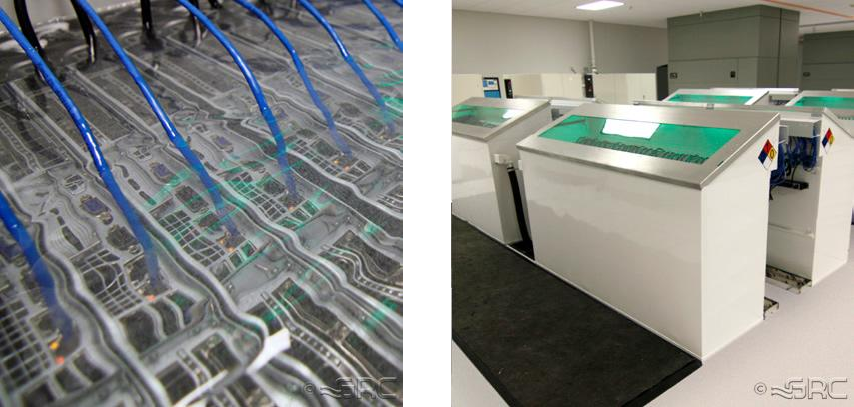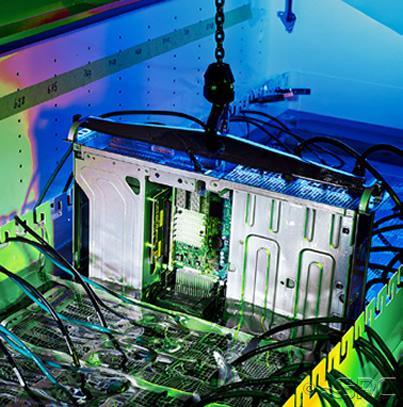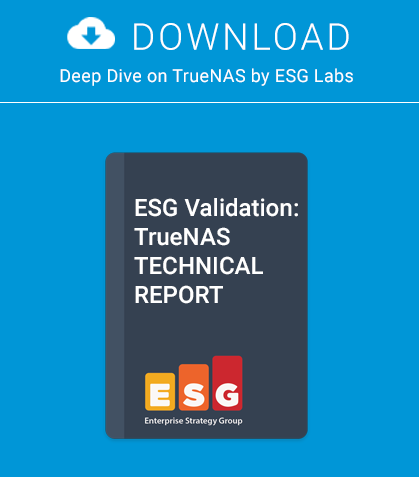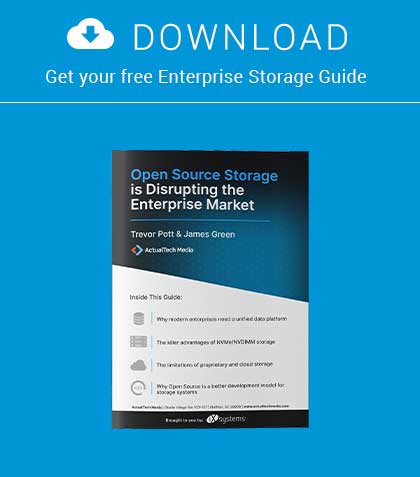This is historic content that may contain outdated information. For the newest information on FreeNAS and TrueNAS, please visit TrueNAS.com or read our latest Blogs.
Power is the Problem
As processor and GPU technologies continue to push the boundaries of compute to the brink of the physical limitations of silicon, power demands, and heat dissipation continue to be the primary challenges for data centers and colocation facilities. Simply put, the advent of high-density server technologies have made it less a concern over how many servers you can fit in a rack, but rather, how many servers you can adequately power and cool in your data center. Therefore, an increasingly large portion of data center spending has moved from the servers themselves to the infrastructure and energy required to power and cool them.
The Underwater Data Center?
Modern facilities are addressing this in a number of ways, but one of the most interesting and effective methods is liquid immersion, also known as “Direct Liquid Cooling” or DLC. Liquid immersion, as the name suggests, is the literal submersion of servers into horizontal racks filled with an eco-friendly dielectric (non-conductive) fluid to more efficiently dissipate heat. DLC thereby keeps the servers running at predictable and constant temperatures, improving rack density, cooling capacity, and server reliability and efficiency. Liquid immersion is becoming increasingly popular in HPC, high-frequency trading, machine learning, AI, and other compute-intensive environments.

Not only does DLC cool servers more effectively than air, but it also drastically minimizes a data center’s reliance on complex, expensive HVAC systems to cool the racks of equipment. This all but eliminates one of the most expensive components in a data center build as well as the ongoing operational and power costs to run and maintain it. Total data center construction costs are cut by up to 60%, and the average power reduction for a typical rack is 50%. Power previously reserved to run the HVAC system can now be used to maximize server footprint, permitting up to 100kW per rack.
Without the need for airflow or internal system fans, server reliability can also increase. Dust, moisture contamination, and oxidation risks are all eliminated. The improved thermal consistency of DLC also eliminates “hot spots” that can be common in air-cooled racks. Results have shown that DLC reduces average server load by up to 20%.
Can you imagine a nearly silent data center? With liquid immersion, the sound of high RPM system fans and gusting HVAC is replaced by the faint hum of the liquid circulation system. If servers need to be co-located near an office or R&D center, liquid immersion simplifies all the environmental issues, reducing both noise and power needs.

Deep Dive on Liquid Immersion Servers
Beginning in 2018, iXsystems partnered with the foremost company in liquid immersion solutions, Green Revolution Cooling, to design a line of liquid-immersion-ready servers. The servers have reversed rack ear designs that allow them to be submerged “face down” so their IO panels are readily accessible in the horizontal racks. This simplifies cabling and makes it easy to unrack systems in need of service. Among other customizations, the fans are disabled, the server heatsinks are equipped with Indium foil in place of thermal grease, and custom BIOS are applied.
The result is a low maintenance, hyper-dense, immersion-ready solution that packs over 100 servers and over 13,000 x86 processor cores (26,000 vCores) in one 52U tank. That’s over 250 cores per rack unit!
If you are interested in liquid immersion solutions or other ways of maximizing your data center footprint, iXsystems is here to help. Call us today at (855) GREP-4-IX or email our Solutions Team at sales@iXsystems.com.
iXsystems Data Center Design Team



